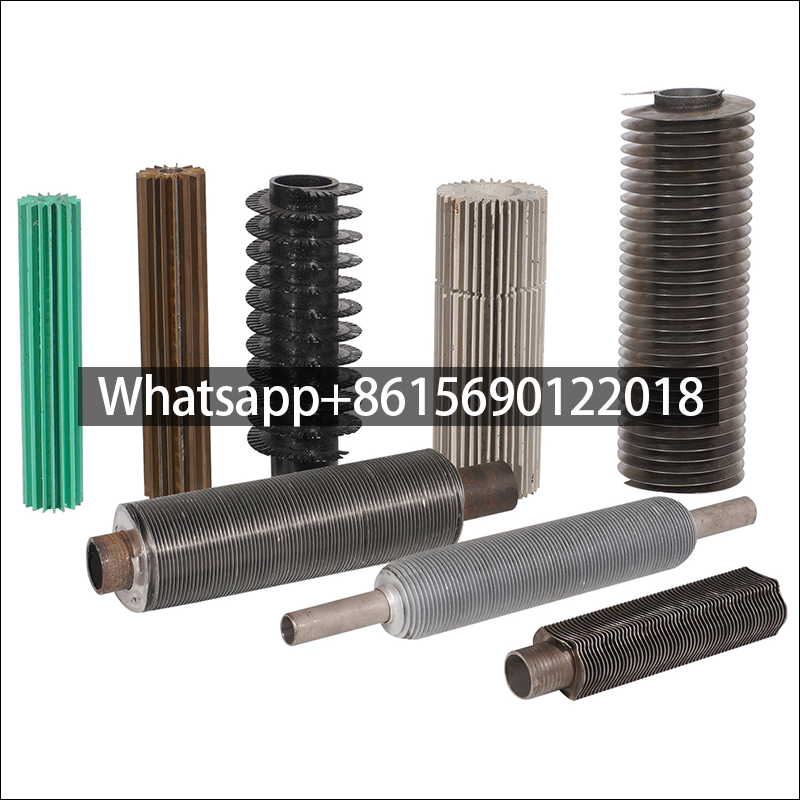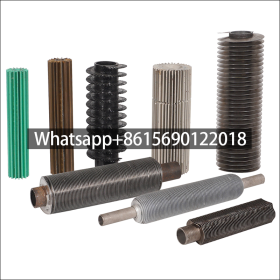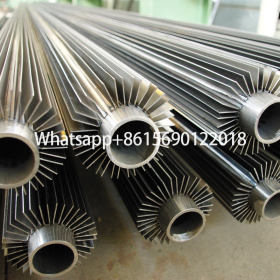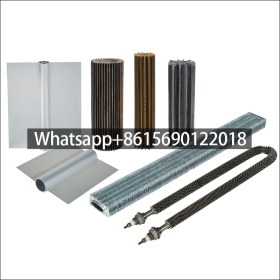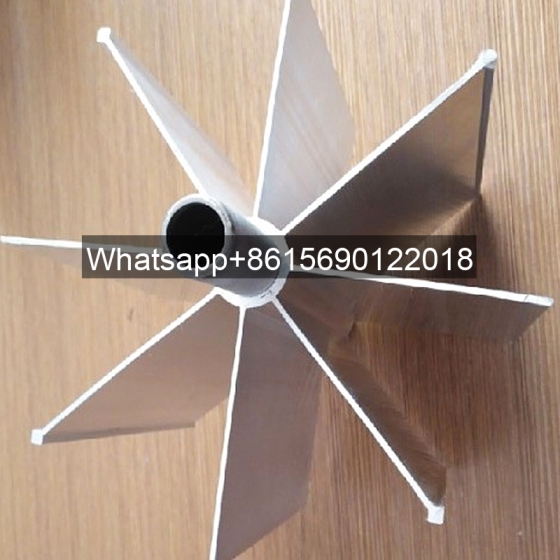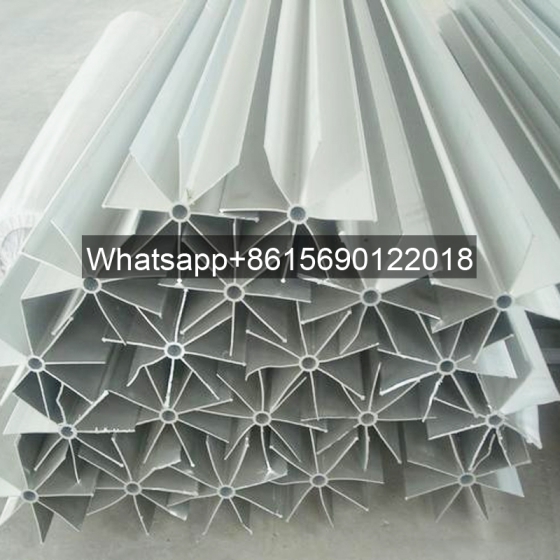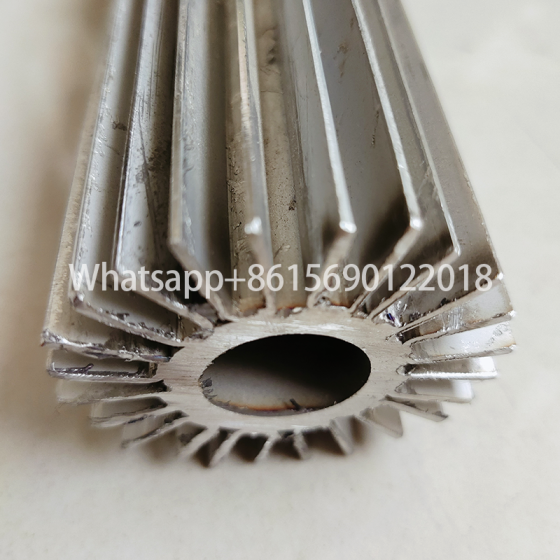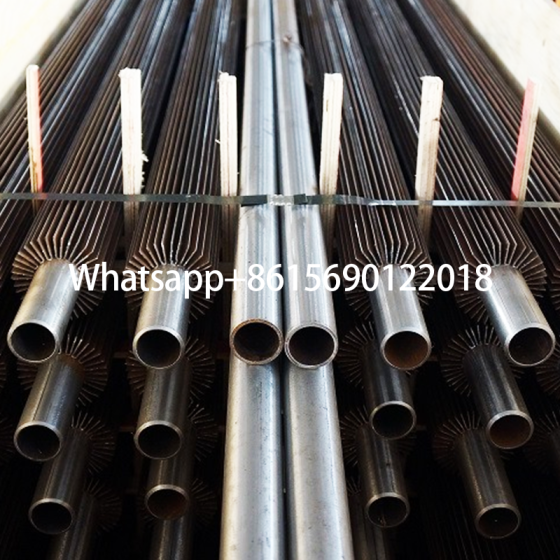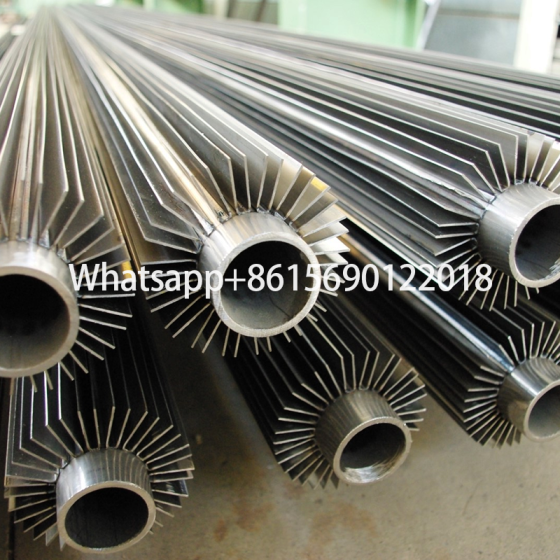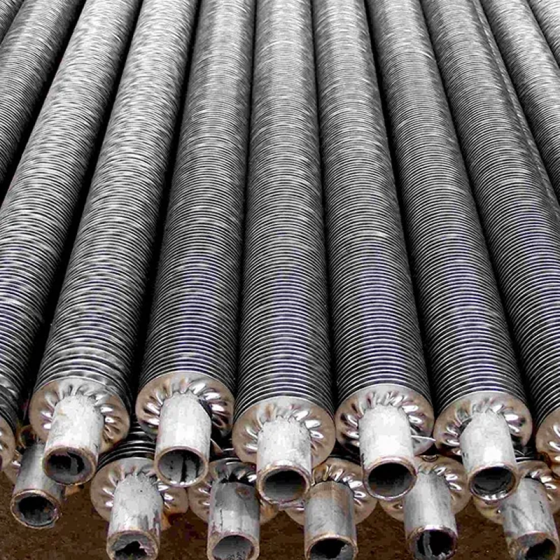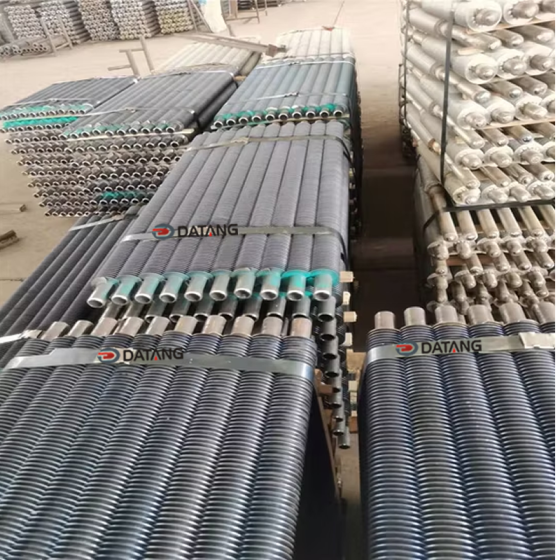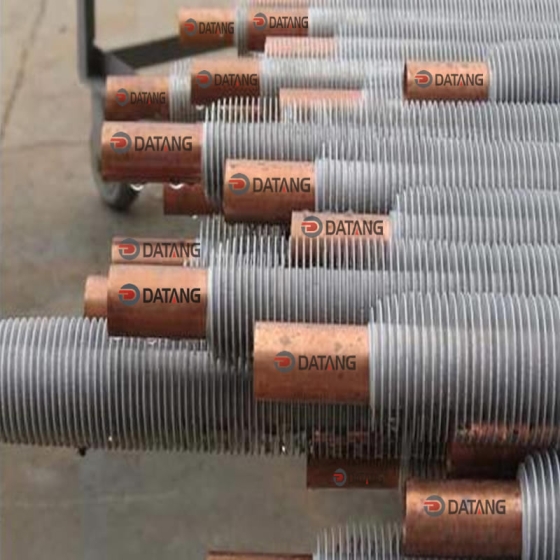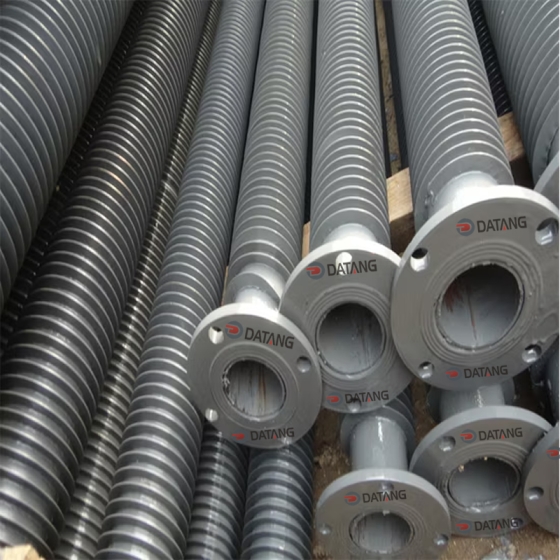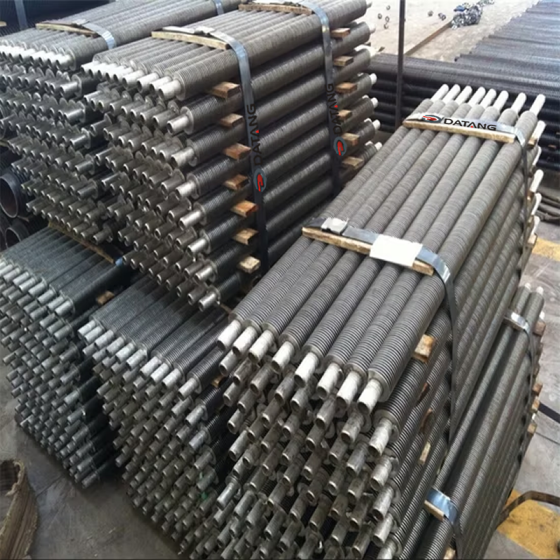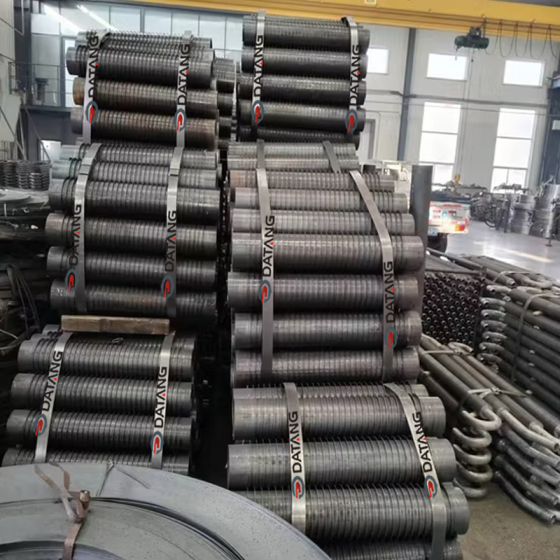What is Stainless Steels U Longitudinal Finned Tube?
A longitudinal finned tube is a heat transfer enhancement component formed by adding metal fins axially (longitudinally) along the surface of a base tube. Its core characteristics and applications are as follows:
Ich. Stainless Steels U Longitudinal Finned Tube Structure and Principle
-
Basic Construction
- Uses a metal base tube (Kohlenstoffstahl, Edelstahl, etc.) as the core, with longitudinally arranged fins (rectangular, corrugated, etc.) welded or rolled onto its outer surface 14.
- Fins typically have a height of 5–30mm, thickness of 0.2–0.5mm, and spacing of 3.5–40mm. They significantly increase the heat transfer area (multiple times that of a bare tube) to boost thermal conduction efficiency 513.
-
Heat Transfer Mechanism
- Heat transfers from the fluid inside the tube (steam, thermal oil, etc.) through the base tube to the fins, then dissipates to the external medium (e.g., air) via convection/radiation 912.
- The longitudinal design enables uniform heat transfer along the tube length, minimizing flow dead zones, making it suitable for high-flow fluids 23.
II. Stainless Steels U Longitudinal Finned Tube Core Advantages
- High-Efficiency Heat Transfer: Fins significantly enlarge the heat dissipation area, increasing the convective heat transfer coefficient by 40%–60% compared to bare tubes, especially effective under forced convection 910.
- Low Flow Resistance: The longitudinal structure reduces fluid turbulence; resistance is lower than helical finned tubes, suitable for complex conditions like dusty flue gas 37.
- Corrosion Resistance: Surfaces can be galvanized or made from stainless steel, extending service life in humid/corrosive environments 411.
- High Structural Strength: Processes like high-frequency welding ensure strong bonding between fins and base tubes, withstanding high pressure and temperature 412.
III. Stainless Steels U Longitudinal Finned Tube Manufacturing Process Classification
| Process Type | Characteristics | Typical Applications |
|---|---|---|
| High-Frequency Welding | Fins melt-bonded to the base tube; high strength, low thermal resistance | Industrial heat exchangers, waste heat recovery 412 |
| Mechanical Sleeve Fitting | Fins nested onto the base tube; low cost but weaker binding force | Low-pressure heating systems 68 |
| Rolled Forming | Integral forming without welds; superior corrosion resistance | Chemical processing equipment 614 |
IV. Stainless Steels U Longitudinal Finned Tube Typical Application Scenarios
- Industrial Sector
- Waste Heat Recovery: Used in flue gas/exhaust waste heat recovery systems to reduce energy consumption 37.
- Process Heat Transfer: Core heat transfer element in heaters and coolers for petroleum and chemical industries 312.
- Civilian Sector
- Heating Systems: Steel-aluminum composite longitudinal finned tube radiators, combining high thermal conductivity and structural strength, suitable for residential/commercial heating 213.
- Air Heaters: Rapidly heat indoor air via forced convection 49.
V. Stainless Steels U Longitudinal Finned Tube Key Parameters for Selection
- Base Tube Specifications: Common outer diameters: 18Mm, 25Mm, 32Mm (carbon steel/stainless steel seamless tubes) 13.
- Höhe der Flosse: 10mm, 12.5Mm, 15Mm (selected based on heat transfer requirements and space constraints) 13.
- Flossen-Stellplatz (Spacing): Too small impedes airflow; too large reduces heat dissipation area. Requires balancing flow resistance and heat transfer efficiency 913.
 dtfinnedtube.com
dtfinnedtube.com

